 In his Worlds in Collision (1950), pioneer scientist Immanuel Velikovsky put forward a theory that Earth had inverted during the Bronze Age Catastrophes; but many scientists considered his proposed electromagnetic cause unpersuasive. In 1982 British physicist Peter Warlow, otherwise a Velikovsky supporter, presented a gravitational explanation. Here Stephen J. Dillon and Kenneth J. Dillon of Scientia Press discuss Warlow’s The Reversing Earth (1982) and its role in the debate over Velikovsky’s theories and findings. See also https://www.scientiapress.com/theory-of-the-reversing-earth.
In his Worlds in Collision (1950), pioneer scientist Immanuel Velikovsky put forward a theory that Earth had inverted during the Bronze Age Catastrophes; but many scientists considered his proposed electromagnetic cause unpersuasive. In 1982 British physicist Peter Warlow, otherwise a Velikovsky supporter, presented a gravitational explanation. Here Stephen J. Dillon and Kenneth J. Dillon of Scientia Press discuss Warlow’s The Reversing Earth (1982) and its role in the debate over Velikovsky’s theories and findings. See also https://www.scientiapress.com/theory-of-the-reversing-earth.
13-05 ver.2.mp4
Tags: Bronze Age catastrophes, catastrophism, Immanuel Velikovsky, inversion of Earth, Peter Warlow, scientific rejectionism, the Reversing Earth, tippe top

Historian and scientific researcher Kenneth J. Dillon discusses his theory The Outer Solar System Origin of the Terrestrial Planets (OSSO). OSSO explains how Mercury, Earth, the Moon, and Mars originated outside the orbit of Saturn, then were pulled inward by Jupiter’s gravity. Tidal friction heated them to incandescence, then they tidally locked to Jupiter and were separated, moving as comets into their present orbits. See also https://www.scientiapress.com/outer-solar-system-origin.
Outer Solar System Origin of the Terrestrial Planets
Tags: Bronze Age catastrophes, Capture theory, Immanuel Velikovsky, inner solar system, Jupiter, Mars, Mercury, moon, Oceanus Procellarum, planetary science, terrestrial, tidal locking, venus
 The Mediterranean Diet offers healthy, tasty fruits, vegetables, whole grains, nuts, fish, and olive oil while sharply reducing intake of milk products, meat, processed foods, and sweets. It prevents cardiovascular disorders, reduces the incidence of cancer and diabetes, and curbs neurodegenerative processes. Yet, in spite of the pressing need to confront the global obesity epidemic, the MD has received relatively little attention in regard to its potential for weight loss.
The Mediterranean Diet offers healthy, tasty fruits, vegetables, whole grains, nuts, fish, and olive oil while sharply reducing intake of milk products, meat, processed foods, and sweets. It prevents cardiovascular disorders, reduces the incidence of cancer and diabetes, and curbs neurodegenerative processes. Yet, in spite of the pressing need to confront the global obesity epidemic, the MD has received relatively little attention in regard to its potential for weight loss.
Tags: diet, mediterranean diet, nutrition, obesity, weight loss
 Sometimes we just need to listen carefully. Definitely in regard to Karnak.
Sometimes we just need to listen carefully. Definitely in regard to Karnak.
Egyptian priests told Herodotus, a careful listener, that four times since Egypt had become a kingdom “the Sun rose contrary to his wont; twice he rose where he now sets, and twice he set where he now rises.”
This evidence, and much else, was interpreted by
Tags: alignment, Amon-Re, Ancient Egypt, archaeoastronomy, Gerald Hawkins, Herodotus, inversion, Karnak, Khonsupakerod, Middle Kingdom, New Kingdom, Norman Lockyer, orientation, Serabit el Khadim, Tanis, temples, Theban Hills, Velikovsky, venus
The original article on this subject has been removed from the Internet. Here is the archived text, from http://web.archive.org/web/20040830095206/http://www.canada.com/national/nationalpost/news/story.html?id=a4f777f9-958a-4538-9c71-7f6d797676e8. See also: Was Abderraouf Jdey the Anthrax Mailer?:
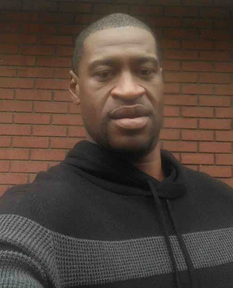 The death of George Floyd in Minneapolis on May 25, 2020 set off a nationwide surge of protests over police brutality against African-Americans. On April 20, 2021, the jury found Derek Chauvin, the police officer who pressed his knee on Floyd’s neck for nine minutes and 29 seconds, guilty of murder in the second and third degrees and manslaughter in the second degree. Worldwide attention to Floyd’s death has focused on racial disparities in the United States as well as on the specific issue of police brutality against African-Americans.
The death of George Floyd in Minneapolis on May 25, 2020 set off a nationwide surge of protests over police brutality against African-Americans. On April 20, 2021, the jury found Derek Chauvin, the police officer who pressed his knee on Floyd’s neck for nine minutes and 29 seconds, guilty of murder in the second and third degrees and manslaughter in the second degree. Worldwide attention to Floyd’s death has focused on racial disparities in the United States as well as on the specific issue of police brutality against African-Americans.
Still, even though the jury has come to its verdict, to understand our history correctly, we must consider a different possible motive for the killing.
Tags: American politics, criminology, Derek Chauvin, George Floyd, Minneapolis, police brutality, racism
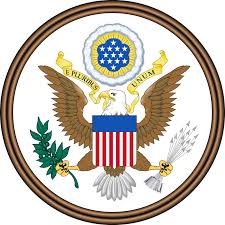
Every nation has divisive issues. While most are perennials, over time new issues gain salience as others fade. At times of rising political and social tensions, such as the US since 1990, divisive issues multiply and take on a sharper edge.
If we wish to cope with these issues or even resolve some of them, it is useful to have a shared understanding of what they are
Tags: abortion, Affirmative Action, American, American politics, divisive issues, gun control, health care, immigration, military spending, police conduct, reparations
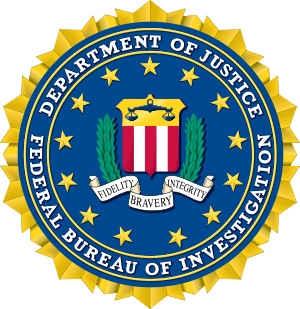
The 9/11/2001 attacks ushered in an era of endless wars, fear of terrorism, antipathy to immigrants, and domestic surveillance. Arguably the most important issue regarding 9/11 is the doings of senior government officials in the run-up to the attacks. Yet both the media and the 9/11 Commission report have refused to discuss it. This refusal must raise the suspicion that there was indeed wrongdoing.
Tags: 9/11 attacks, al Qaeda, conspiracy theories, FBI investigation, presidential campaign, terrorism, war on terrorism
 American history contains two outstanding wrongs committed against groups of us: the killing, displacement, and mistreatment of Native Americans and the subjection of African Americans to slavery and ongoing discrimination. Various thinkers have suggested kinds of reparations for these acts; but views differ sharply on whether reparations are justified, who should pay them, who should receive them, and what amount is fair and feasible. Instead of serving to heal our country, reparations have become one more divisive issue.
American history contains two outstanding wrongs committed against groups of us: the killing, displacement, and mistreatment of Native Americans and the subjection of African Americans to slavery and ongoing discrimination. Various thinkers have suggested kinds of reparations for these acts; but views differ sharply on whether reparations are justified, who should pay them, who should receive them, and what amount is fair and feasible. Instead of serving to heal our country, reparations have become one more divisive issue.
Yet reparations offer an alluring vision: via a concrete but also symbolic national gesture, we could take a major step toward healing wounds, overcoming the past, and moving together into the future. They could counteract the negativity of partisan politics and lead to a happier multiethnic and multiracial society. So we need to think through how to bring Americans to comprehend and support a plan for reparations that will help us flourish as a united people.
Fortunately, a related issue affords us an excellent opportunity
Tags: Affirmative Action, African Americans, American history, Blacks, early intervention, Indians, Native Americans, poverty, reparations, US politics
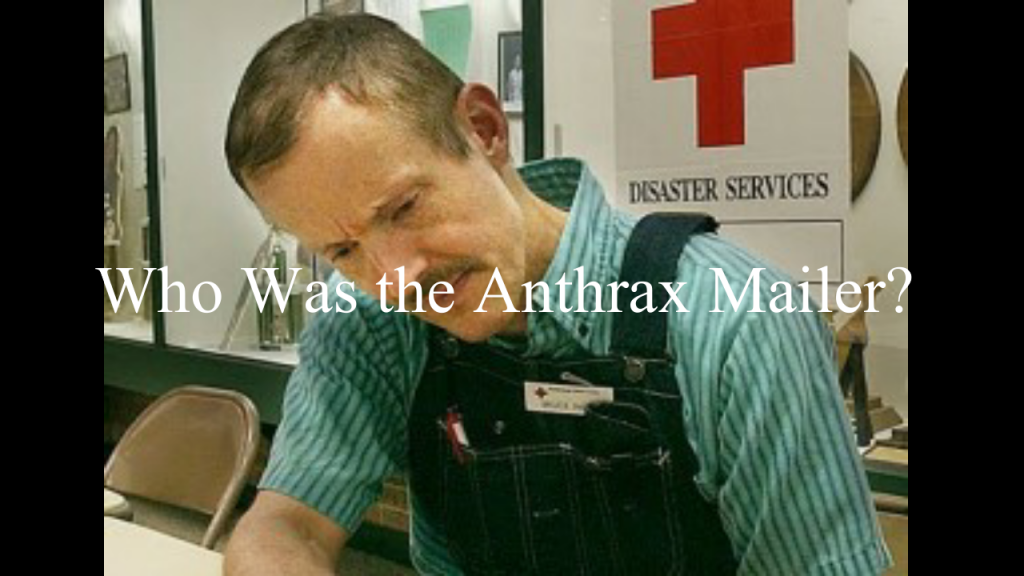
Historian and former State Department intelligence analyst Kenneth J. Dillon interprets the 2001 anthrax mailings case. He explains why domestic Mailer theories were mistaken and why we should think that al Qaeda operative Abderraouf Jdey was the real Anthrax Mailer as well as the shoebomber of American Airlines Flight #587 on November 12, 2001. In all likelihood, US Army scientist Dr. Bruce Ivins was the Innocent Preparer of the anthrax. Then al Qaeda stole it. See also Was Abderraouf Jdey the Anthrax Mailer?
Who Was the Anthrax Mailer?
Tags: Abderraouf Jdey, al Qaeda, American Airlines Flight #587, anthrax, anthrax mailings, Bruce Ivins, shoe bomb
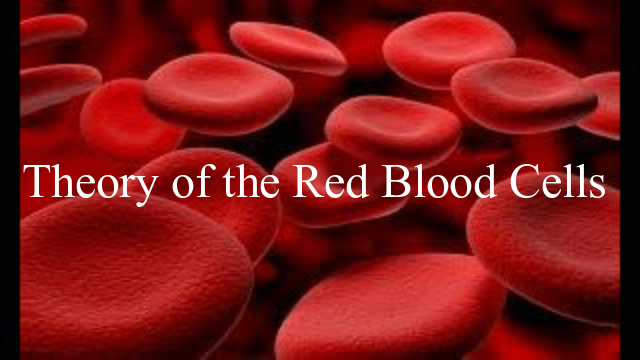 Viktoria Nagudi interviews Kenneth J. Dillon of Scientia Press about his Theory of the Red Blood Cells. According to the theory, the red blood cells, acting as a metacolony in real time, form the dermal-optic photoreceptor, the animal magnetoreceptor, the solution to the binding problem of consciousness, the ultrasensitive Psi receptor, and the chemiluminescent Original Immune System. See also https://www.scientiapress.com/theory-of-the-red-blood-cells and Kenneth J. Dillon, Rosemarie: a Novel of Discovery Science. Washington, D.C.: Scientia Press, 2021.
Viktoria Nagudi interviews Kenneth J. Dillon of Scientia Press about his Theory of the Red Blood Cells. According to the theory, the red blood cells, acting as a metacolony in real time, form the dermal-optic photoreceptor, the animal magnetoreceptor, the solution to the binding problem of consciousness, the ultrasensitive Psi receptor, and the chemiluminescent Original Immune System. See also https://www.scientiapress.com/theory-of-the-red-blood-cells and Kenneth J. Dillon, Rosemarie: a Novel of Discovery Science. Washington, D.C.: Scientia Press, 2021.
Theory of the Red Blood Cells
Tags: binding problem of consciousness, cellular basis of consciousness, dermal optics, magnetoreception, psi receptor
 In his Worlds in Collision (1950), pioneer scientist Immanuel Velikovsky put forward a theory that Earth had inverted during the Bronze Age Catastrophes; but many scientists considered his proposed electromagnetic cause unpersuasive. In 1982 British physicist Peter Warlow, otherwise a Velikovsky supporter, presented a gravitational explanation. Here Stephen J. Dillon and Kenneth J. Dillon of Scientia Press discuss Warlow’s The Reversing Earth (1982) and its role in the debate over Velikovsky’s theories and findings. See also https://www.scientiapress.com/theory-of-the-reversing-earth.
In his Worlds in Collision (1950), pioneer scientist Immanuel Velikovsky put forward a theory that Earth had inverted during the Bronze Age Catastrophes; but many scientists considered his proposed electromagnetic cause unpersuasive. In 1982 British physicist Peter Warlow, otherwise a Velikovsky supporter, presented a gravitational explanation. Here Stephen J. Dillon and Kenneth J. Dillon of Scientia Press discuss Warlow’s The Reversing Earth (1982) and its role in the debate over Velikovsky’s theories and findings. See also https://www.scientiapress.com/theory-of-the-reversing-earth.




 The death of George Floyd in Minneapolis on May 25, 2020 set off a nationwide surge of protests over police brutality against African-Americans. On April 20, 2021, the jury found Derek Chauvin, the police officer who pressed his knee on Floyd’s neck for nine minutes and 29 seconds, guilty of murder in the second and third degrees and manslaughter in the second degree. Worldwide attention to Floyd’s death has focused on racial disparities in the United States as well as on the specific issue of police brutality against African-Americans.
The death of George Floyd in Minneapolis on May 25, 2020 set off a nationwide surge of protests over police brutality against African-Americans. On April 20, 2021, the jury found Derek Chauvin, the police officer who pressed his knee on Floyd’s neck for nine minutes and 29 seconds, guilty of murder in the second and third degrees and manslaughter in the second degree. Worldwide attention to Floyd’s death has focused on racial disparities in the United States as well as on the specific issue of police brutality against African-Americans.

 American history contains two outstanding wrongs committed against groups of us: the killing, displacement, and mistreatment of Native Americans and the subjection of African Americans to slavery and ongoing discrimination. Various thinkers have suggested kinds of reparations for these acts; but views differ sharply on whether reparations are justified, who should pay them, who should receive them, and what amount is fair and feasible. Instead of serving to heal our country, reparations have become one more divisive issue.
American history contains two outstanding wrongs committed against groups of us: the killing, displacement, and mistreatment of Native Americans and the subjection of African Americans to slavery and ongoing discrimination. Various thinkers have suggested kinds of reparations for these acts; but views differ sharply on whether reparations are justified, who should pay them, who should receive them, and what amount is fair and feasible. Instead of serving to heal our country, reparations have become one more divisive issue.
 Viktoria Nagudi interviews Kenneth J. Dillon of Scientia Press about his Theory of the Red Blood Cells. According to the theory, the red blood cells, acting as a metacolony in real time, form the dermal-optic photoreceptor, the animal magnetoreceptor, the solution to the binding problem of consciousness, the ultrasensitive Psi receptor, and the chemiluminescent Original Immune System. See also https://www.scientiapress.com/theory-of-the-red-blood-cells and Kenneth J. Dillon,
Viktoria Nagudi interviews Kenneth J. Dillon of Scientia Press about his Theory of the Red Blood Cells. According to the theory, the red blood cells, acting as a metacolony in real time, form the dermal-optic photoreceptor, the animal magnetoreceptor, the solution to the binding problem of consciousness, the ultrasensitive Psi receptor, and the chemiluminescent Original Immune System. See also https://www.scientiapress.com/theory-of-the-red-blood-cells and Kenneth J. Dillon,